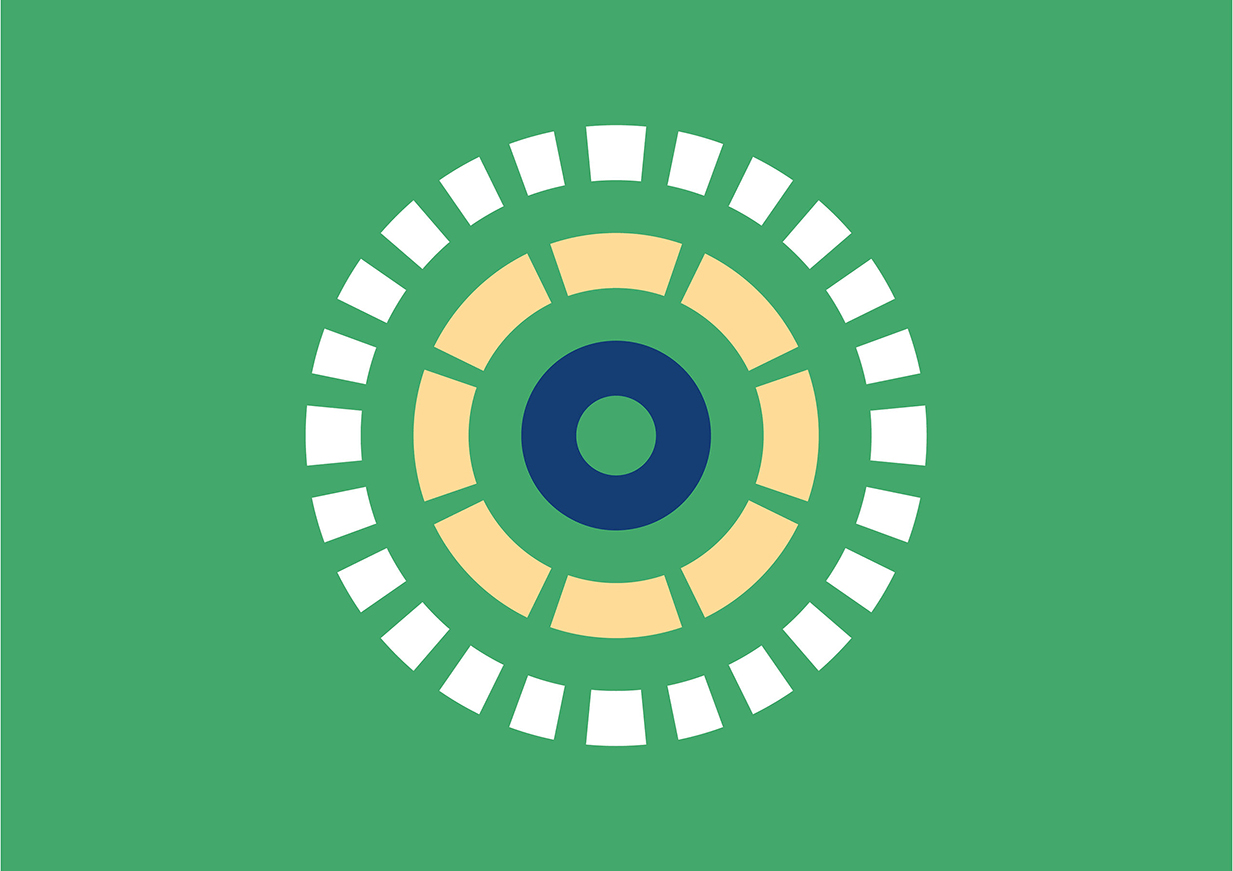Ruxolitinib is in clinical development for the treatment of patients aged 28 days to 17 years with a clinically confirmed diagnosis of grades II-IV treatment-naïve or steroid-refractory acute graft versus host disease (aGvHD) and who have undergone allogeneic stem cell transplantation (alloSCT) from any donor source using bone marrow, peripheral blood stem cells, or cord blood. Graft versus host disease (GvHD) is a frequent complication of bone marrow or stem cell transplantation using tissue from another person. This is called an allogeneic transplant and is used to treat carefully selected patients with a range of blood problems and other illnesses that affect the immune system. It involves replacing diseased or damaged cells with healthy cells from another person (a donor). There are two types of GvHD: acute (aGvHD) and chronic (cGvHD). aGvHD generally starts within 100 days of transplant. A stage II-IV refractory aGvHD is a moderate to very severe aGvHD that is resistant to treatment. The symptoms of aGvHD can include diarrhoea, shortness of breath, an itchy rash, joint pain, dry flaky skin, jaundice, and dry mouth. Risk factors associated with aGvHD include donor/recipient age and sex, donor parity (the number of childbirths of a donor), and total body irradiation (radiotherapy to the whole body).
Ruxolitinib for grades II-IV treatment-naïve or steroid-refractory acute graft versus host disease

Ruxolitinib is in clinical development for the treatment of patients aged 28 days to 17 years with a clinically confirmed diagnosis of grades II-IV treatment-naïve or steroid-refractory acute graft versus host disease (aGvHD) and who have undergone allogeneic stem cell transplantation (alloSCT) from any donor source using bone marrow, peripheral blood stem cells, or cord blood.